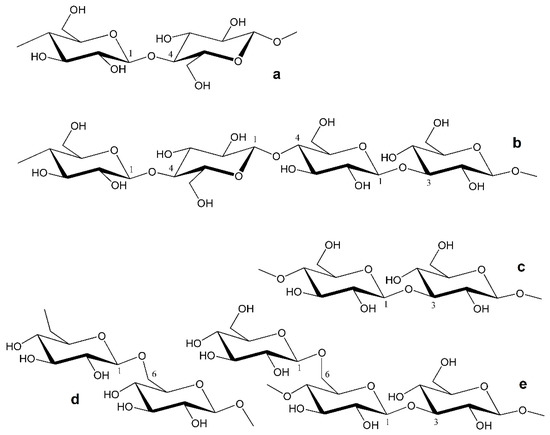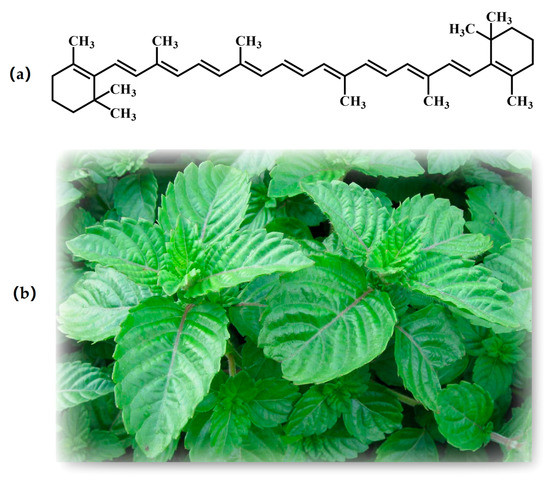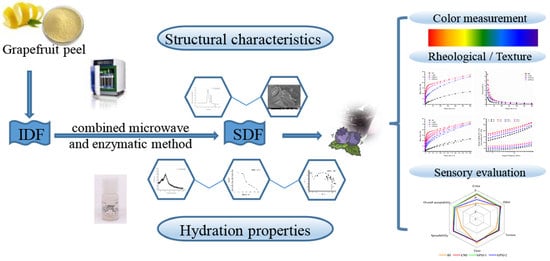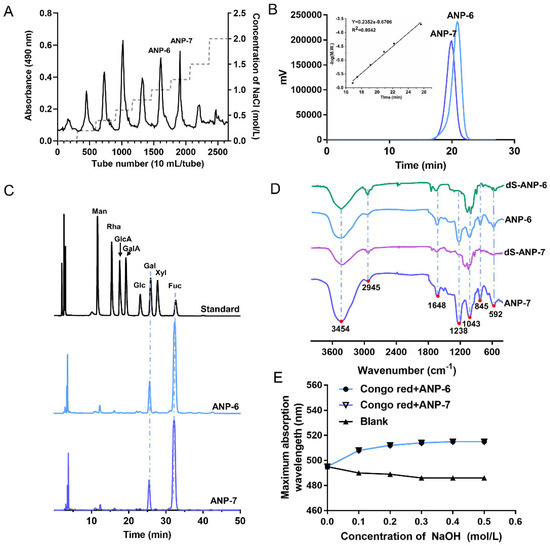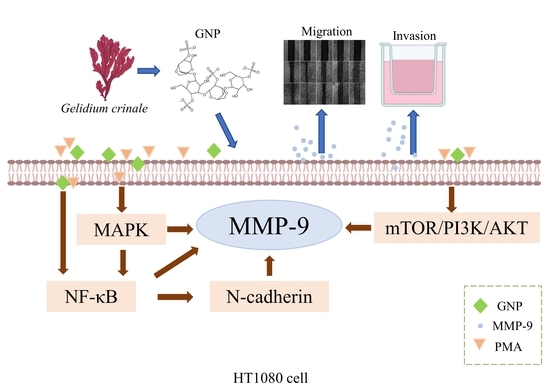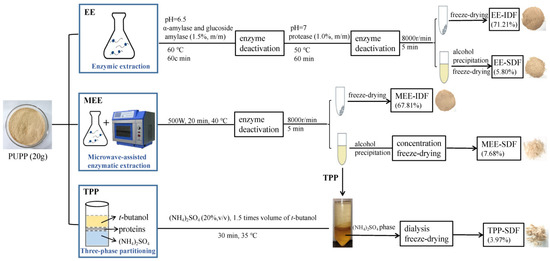Dietary Fiber and Polysaccharide: Preparation, Structure and Health Benefits
A topical collection in Foods (ISSN 2304-8158). This collection belongs to the section "Nutraceuticals, Functional Foods, and Novel Foods".
Viewed by 15797Editor
Interests: dietary fibers; polyphenols; polysaccharides; nutritional and health food; food processing; food toxicology
Special Issues, Collections and Topics in MDPI journals
Topical Collection Information
Dear Colleagues,
Dietary fiber and polysaccharides, which are regarded as food bioactive carbohydrates, are widely present in nature. Over the past few decades, dietary fiber and polysaccharides have been drawing the interest of scientists in multidisciplinary research fields due to their broad range of health benefits, including immunomodulatory activity, antioxidant activity, anti-diabetic activity, prebiotic effects, and anti-inflammatory activity. Thus, exploring the optimal preparation method to enhance the yield and bioactivity of dietary fiber and polysaccharides is a promising field of knowledge. Moreover, it has been reported that these natural components exhibit diverse health benefits depending on their specific chemical structure and composition. Therefore, it is of great interest to further elucidate the structural/functional relationship as well as the interaction between composition and bioactivity.
Based on above facts, we would like to invite authors to contribute review articles, commentary, perspectives, and original research articles focusing on dietary fiber and polysaccharides on the preparation, structural characterization, and health benefits demonstrated by in vitro or in vivo experiments. We also welcome studies on the interaction of dietary fibers and polysaccharides with food matrices or small molecule compounds (bound polyphenols), which may enhance or modify their health benefits.
Prof. Dr. Qiang Yu
Collection Editor
Manuscript Submission Information
Manuscripts should be submitted online at www.mdpi.com by registering and logging in to this website. Once you are registered, click here to go to the submission form. Manuscripts can be submitted until the deadline. All submissions that pass pre-check are peer-reviewed. Accepted papers will be published continuously in the journal (as soon as accepted) and will be listed together on the collection website. Research articles, review articles as well as short communications are invited. For planned papers, a title and short abstract (about 100 words) can be sent to the Editorial Office for announcement on this website.
Submitted manuscripts should not have been published previously, nor be under consideration for publication elsewhere (except conference proceedings papers). All manuscripts are thoroughly refereed through a single-blind peer-review process. A guide for authors and other relevant information for submission of manuscripts is available on the Instructions for Authors page. Foods is an international peer-reviewed open access semimonthly journal published by MDPI.
Please visit the Instructions for Authors page before submitting a manuscript. The Article Processing Charge (APC) for publication in this open access journal is 2900 CHF (Swiss Francs). Submitted papers should be well formatted and use good English. Authors may use MDPI's English editing service prior to publication or during author revisions.
Keywords
- dietary fiber
- polysaccharides
- preparation and modification
- structural characterization
- in vitro/ in vivo experiments
- health benefits
- interaction with food matrices
- interaction with small molecule compounds
- structure–function relationship
- application







